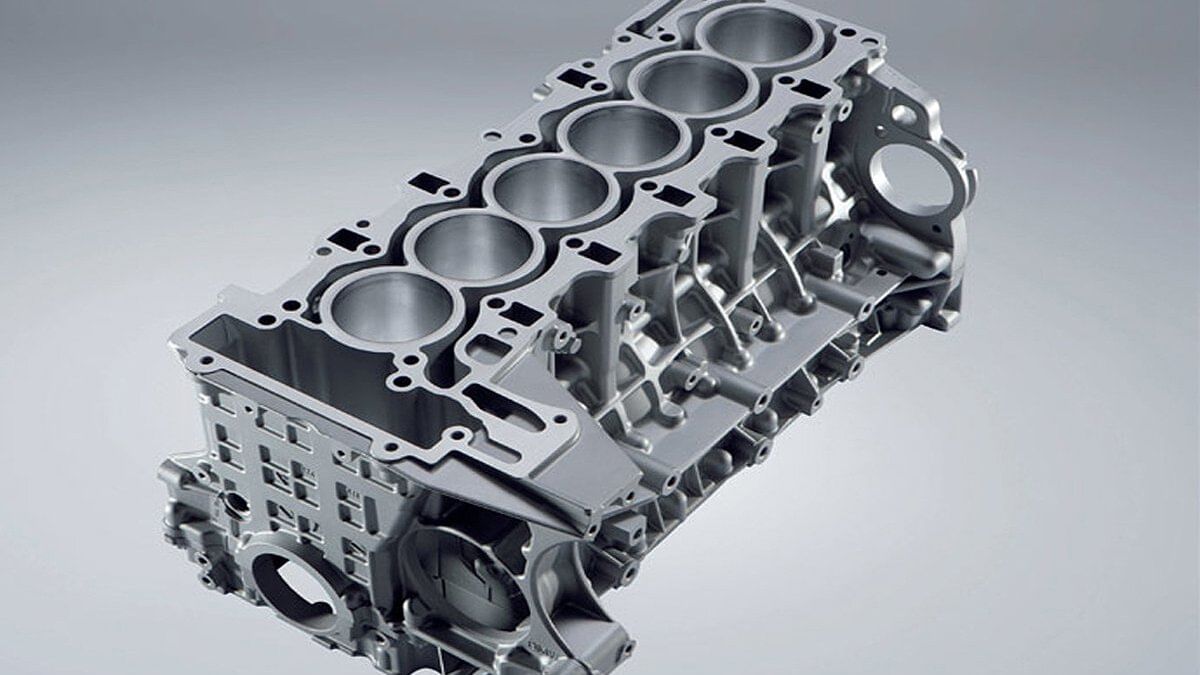Engines for Africa at Competitive Prices: Your Preferred Car Parts Store
Engines for Africa at Competitive Prices: Your Preferred Car Parts Store
Blog Article
The Quest for Ultimate Driving Power: Investigating the Peak of Engine Efficiency and Technological Innovations in the Automotive Sector
In the world of auto design, the search of optimum driving power has been a ruthless mission that has actually unravelled via the advancement of engine layout and the integration of cutting-edge technologies. From the precise craftsmanship of combustion engines to the rapid advancements in electrical propulsion systems, the auto field stands at the cusp of a brand-new period identified by unmatched performance capabilities.
Evolution of Engine Design

In addition, the integration of turbocharging and turbo charging modern technologies has changed engine design by improving power without considerably boosting engine dimension. These forced induction systems compress the intake air, permitting for even more fuel to be combusted, consequently creating greater power output from a smaller engine. This development has actually been specifically essential in improving the efficiency of smaller sized variation engines while maintaining fuel effectiveness criteria.

Performance-Enhancing Fuel Technologies
The application of sophisticated fuel modern technologies has actually significantly added to improving engine efficiency in contemporary automobiles. From typical gasoline and diesel to ingenious biofuels, artificial gas, and hydrogen, the automobile field is observing a revolution in fuel alternatives. Biofuels, stemmed from eco-friendly sources like sugarcane, algae, or corn, offer enhanced and minimized exhausts engine efficiency. Artificial gas, produced through chemical procedures, supply high octane scores, enhancing power result. Hydrogen fuel cells, although still in the onset of adoption, show excellent pledge because of their zero-emission nature and potential for high efficiency. Additionally, gas ingredients and cleaning agents are being developed to tidy engine parts, optimize burning, and decrease rubbing, thus enhancing total vehicle efficiency. With ongoing r & d, the pursuit for the supreme driving power proceeds, as engineers aim to unlock the full possibility of performance-enhancing fuel modern technologies in the automobile sector.
Developments in Electric Propulsion
Substantial strides in electrical propulsion modern technology have reinvented the auto market, leading the way for a new era of sustainable and reliable transportation. Electric automobiles (EVs) are gaining popularity because of their ecological advantages and developments in battery innovation, allowing longer driving ranges and shorter charging times. Makers are investing heavily in research study and growth to boost the performance of electric propulsion systems, focusing on raising power output, improving energy effectiveness, and lowering general weight.
One remarkable breakthrough in electrical propulsion is the advancement of advanced electric motors that supply higher torque and power density, causing enhanced acceleration and total driving efficiency. Additionally, regenerative braking systems have actually been improved to save and catch energy throughout deceleration, more improving the effectiveness of EVs.
Furthermore, the integration of wise technologies, such as expert system and predictive analytics, is optimizing the administration of electric propulsion systems, making certain ideal performance under numerous driving conditions. These advancements in electrical propulsion are reshaping the automotive landscape, driving the industry in the direction of a more sustainable and energized future.
Influence of Computational Fluid Dynamics
With innovations in electric propulsion pushing the limits of automotive innovation, the integration of Computational Fluid Characteristics is playing an essential role in enhancing wind resistant performance and improving total efficiency in automobile design. Computational Fluid Characteristics (CFD) involves using computer simulations to assess the flow of air around a lorry, making it possible for engineers to forecast exactly how design adjustments will certainly impact the rules of aerodynamics without the need for pricey physical models. By properly modeling airflow patterns, CFD enables the improvement of automobile forms to minimize drag, enhance cooling, and improve stability.
One trick advantage of utilizing CFD in lorry style is the ability to repeat quickly, checking out countless design variations to identify the most aerodynamically effective solutions. This iterative procedure causes vehicles that are not only sleeker and much more visually attractive however likewise extra ecologically friendly and fuel-efficient. Moreover, CFD makes it possible for designers to optimize air movement around parts such as radiators, engine bays, and wheel wells, adding to boosted efficiency and total driving experience. To conclude, the assimilation of Computational Liquid Characteristics represents a considerable action onward in the pursuit for utmost driving power and efficiency in the automotive market.
Future Trends in Engine Development
In the use this link dynamic landscape of automobile design, innovative improvements are forming the future trajectory of engine technology. The future of engine style is marked by a solid emphasis on efficiency, efficiency, and sustainability. Suppliers are progressively concentrating on establishing engines that not only supply high power outcomes but also focus on environmental responsibility by reducing emissions and boosting fuel efficiency.
One noticeable pattern in engine development is the rise of electrification. Hybrid and electrical powertrains are gaining grip as practical alternatives to typical burning engines. These innovations offer the possibility for substantial decreases in carbon discharges and boosted energy efficiency, straightening with global initiatives to combat climate modification.
In addition, improvements in materials scientific research and manufacturing techniques are allowing the production of lighter and much more resilient engine elements. This change in the direction of light-weight products such as carbon fiber and light weight aluminum alloys adds to improved performance and fuel economic climate.
Final Thought
To conclude, the pursuit of ultimate driving power in the automotive industry remains to drive improvements in engine layout, gas modern technologies, electrical propulsion, and computational fluid dynamics. The development of these innovations is shaping the future of engine advancement, leading the way for more effective and efficient lorries (engines for africa). As the industry proceeds to push the borders of what is possible, we can expect to see much more revolutionary developments in the mission for peak efficiency
One of the vital milestones in engine style advancement is the shift from typical carbureted engines to modern-day a fantastic read fuel-injected systems. By specifically metering the fuel delivery to each cyndrical tube, fuel-injected engines enhance combustion, resulting in far better efficiency and decreased environmental influence.
Moreover, the integration of turbocharging and supercharging modern technologies has transformed engine layout by enhancing power without Continued substantially enhancing engine dimension (engines for africa).The application of advanced gas technologies has actually substantially contributed to boosting engine performance in modern-day automobiles. Additionally, gas additives and detergents are being created to clean engine parts, maximize combustion, and reduce rubbing, thereby enhancing general lorry efficiency
Report this page